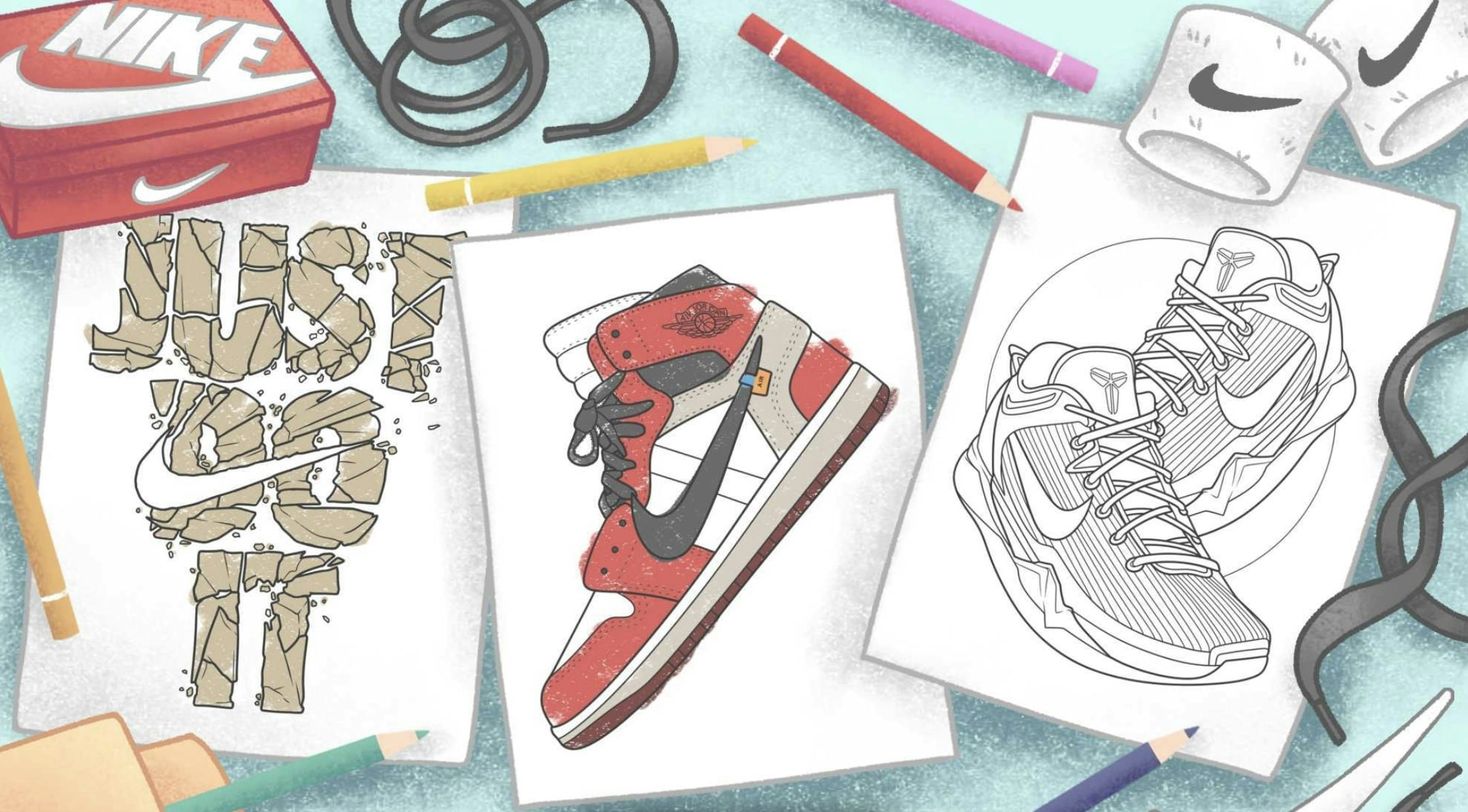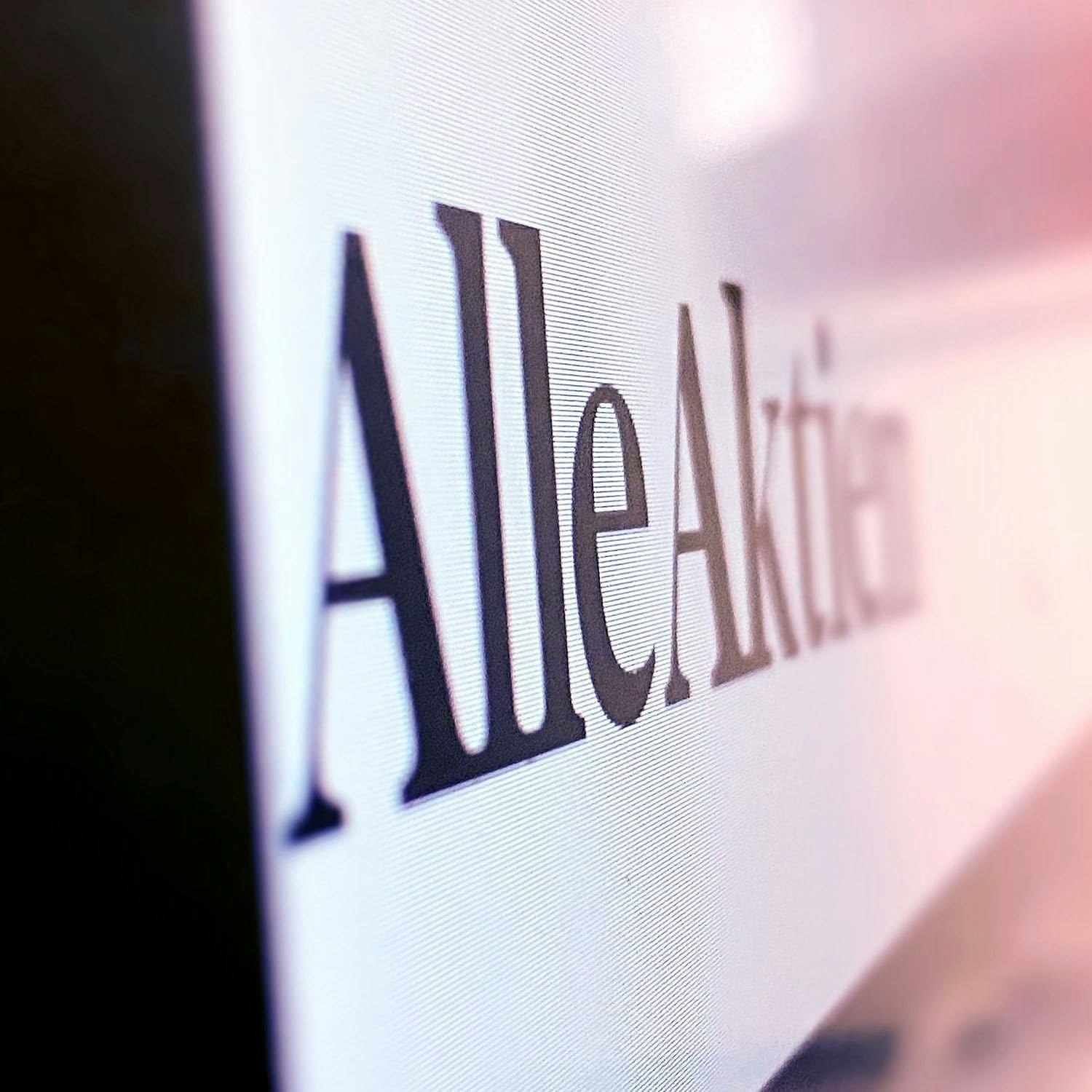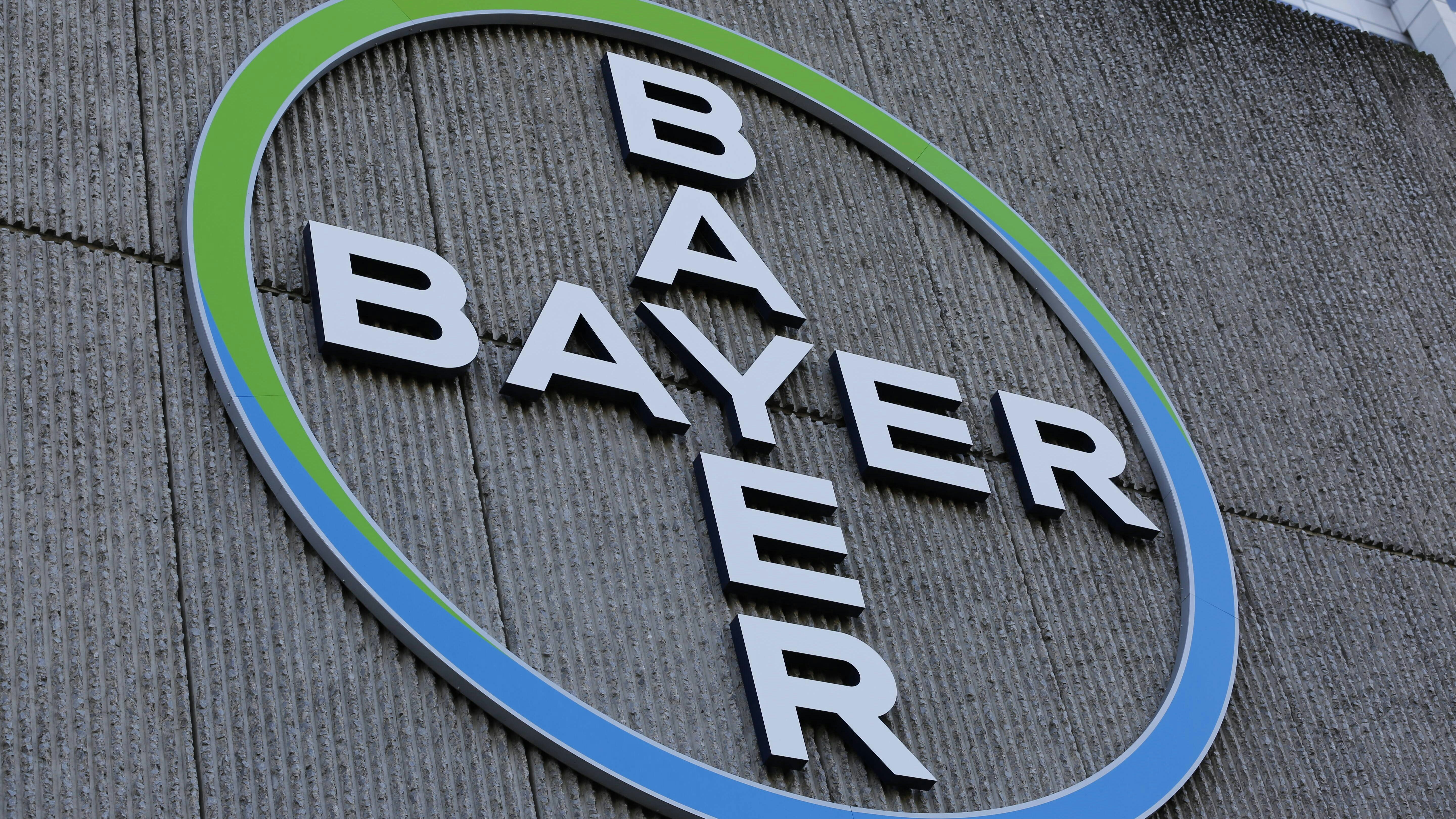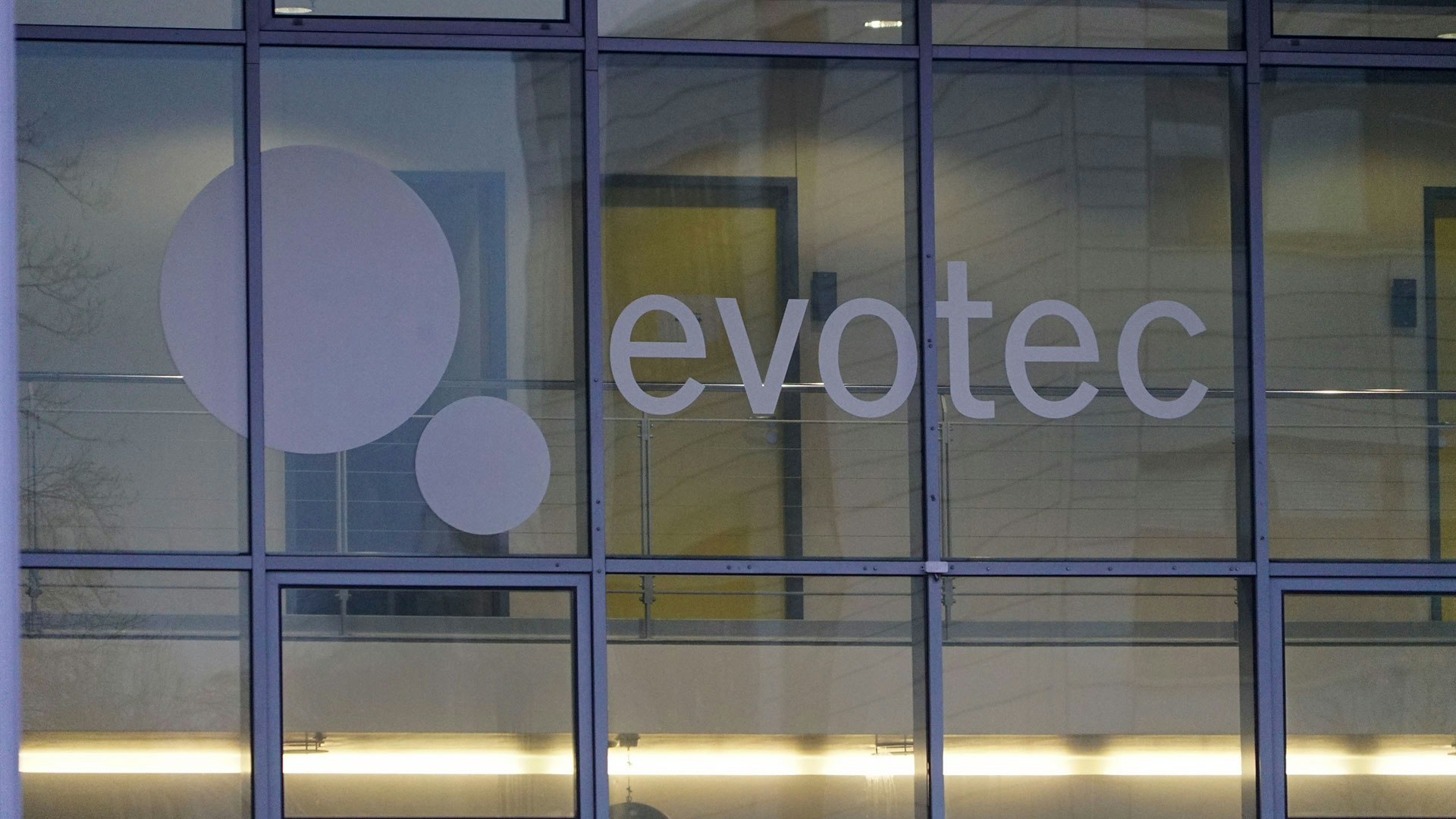Nike shares have risen by 30 percent in the past three months, driven by the hope that returnee Elliott Hill will get the struggling U.S. company back on track. This was enough of a tailwind for JD Sports, which generates nearly half of its sales with Nike products: The British retailer has gained almost 50 percent since April and now reaches a valuation of 6 billion dollars. However, the upward trend is ahead of reality.
In Nike's most recent quarter, sales fell by more than 10 percent year-on-year. JD Sports recorded a 3 percent decline in its over 4,000 stores in the US, Europe, and the UK—only slightly better than competitor Foot Locker, which is currently merging with Dick’s Sporting Goods. In a weak market environment with full shelves, price pressure can hardly be passed on to consumers. Adidas recently calculated additional costs of 200 million euros solely due to US tariffs on imported goods from Vietnam and Indonesia. Even successful brands like On can only implement price increases to a limited extent, while others are likely to pass the burden onto retailers like JD.
In addition, Nike is realigning its distribution policy. After years of focusing on direct sales, the company is again opening up more to retailers, while at the same time expanding its presence on Amazon. For JD, this means: access to top models is not guaranteed, especially in the USA, where basketball shoes represent a disproportionately important segment.
JD Sports Demonstrates Confidence: The Group Recently Launched a New Share Buyback Program and Opened Its Largest Store to Date with Usain Bolt – Half the Size of a British Football Field. However, the Stock Performance Currently Appears More Stable Than the Underlying Business Situation.






